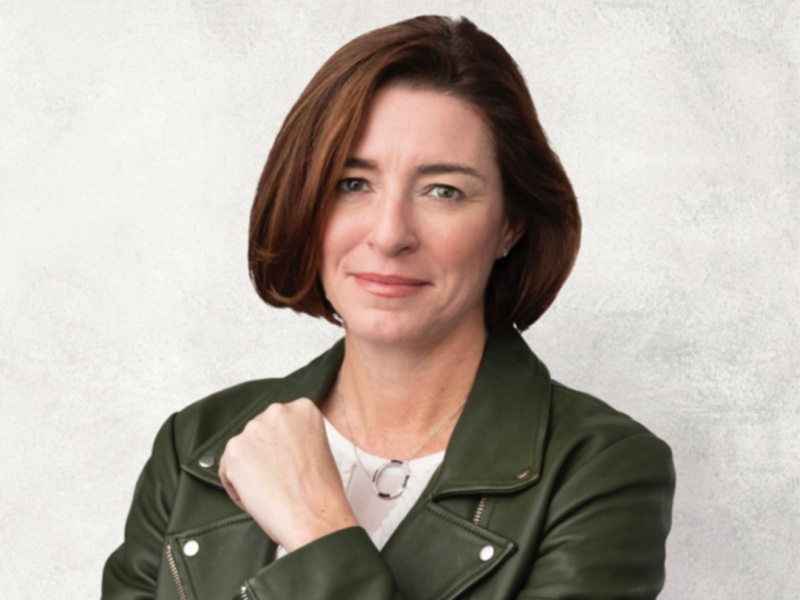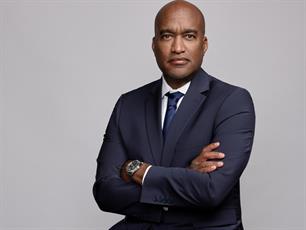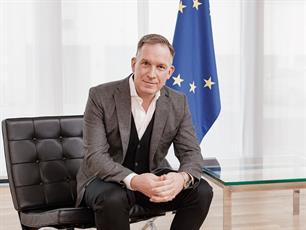Diana Marszalek 19 Jul 2023 // 6:49PM GMT

In November 2021, IBM spun off its IT systems business into a new company, Kyndryl, which launched with operations in 63 countries, 90,000 employees and more than 4,000 customers including roughly 75% of the Fortune 100. Yet, at the same time, however, global head of corporate affairs Una Pulizzi found herself having to build some of her function — which includes comms, government affairs, sustainability and CSR — from scratch, charged with tasks from establishing a Kyndryl corporate culture to building a library of news clips. With Kyndryl’s second anniversary in sight, Pulizzi spoke with PRovoke Media about the challenges and satisfaction that comes with building out a function supporting a $17 billion startup after a decade with GE, where she served as global director of public affairs. An edited transcript:
Creating a new culture in real-team has got to be a very heavy lift. Did it feel that way?
If I look back on the spin, and what I was getting myself into, I don’t know that I appreciated the vastness of the transformation we were going to go through. It was, yes, the strategy changes. We’re an independent company. We have freedom of action to partner. We get to create our own path here and all those things from a business strategy perspective, and I knew that was going to happen. But very, very quickly, and even before spin, we spent a lot of purposeful time thinking about what the culture was we were going to build. We were coming from a product-based culture (IBM) with a long track record, a strong track record, to a services culture and that is really, really different. There was the element of building something new, of course, but given that we came out of IBM, it was more of a transformation than a build in some respects. But a really important and deep transformation. And then on top of that, there is the whole element to the processes and systems that we’re transforming. Approximately 80% of our processes and systems were changing.
How does building a corporate affairs function for a spinoff compare to creating one from scratch for a startup?
If you think about it, it’s this kind of massive transformation on the business strategy, the culture and the change that we are experiencing and then the processes and systems. It is absolutely a textbook example of how a company could tackle all these elements at one time and drive change. As I think back on the build part of it, I think a lot of us came from places where you had done things for many years, and you were innovating and pushing yourselves. And then to step back and think, oh, I have to do news clips. We need to get some of the basics in place for this company. Those are things that we have had to do. So, you kind of start from the beginning in some respects versus my previous experience where we were taking established ways of working and improving. We at Kyndryl have been starting in some respects at a beginner’s place.
You mentioned the need for news clips. Tell us about that.
We didn’t have any. In any organization, every morning you’ll see what the coverage has been like about the company, about your competitors. It’s just a very basic thing and we didn’t have that. I’m head of corporate affairs. I have communications, government affairs, sustainability and CSR. And as the teams (from IBM) came over to Kyndryl before the spin, I spent a lot of time during the first year doing some building of basic capabilities within the function. It was hiring a head of sustainability — we didn’t have one — a head of global government affairs, domestic government affairs. All of these roles that had existed in the old place but were maybe more part of a corporate function versus the GTS business, which is the business that spun from IBM. You want domain expertise of course. But there is a kind of pioneering, entrepreneurial kind of vibe you’re looking for when you’re building these kinds of teams.
We’re going to be doing a lot of firsts — almost everything was a first. You exert energy in a different way when you do something for the first time versus doing something that you do every year, and you think differently about it. Right now our teams are working on putting together our first ESG report which will come out later this summer or early fall. To do it for the first time (we need to decide) how we want to present ourselves, the tone. From a communications perspective, what are the kind of stories we want to tell about ourselves. That takes a different thought process. And you do it with the view that you’re doing it certainly for this first report but also you’re doing it for the next one too. You’re building and you’re going to build off of it.
Was there any employee resistance to cultural changes?
When we would talk to employees about the need for a culture change, or as we defined the culture, there was a very, very strong view within our employee population that it was the right thing to do — that we needed to be different, that we needed to strike our own path but we needed to behave differently too. We defined the culture and then we spent a lot of time thinking about the behaviors that underpin a culture. There’s a whole kind of rollout you do with these things. You make sure that people understand. We spent a lot of time from a communications perspective talking about these behaviors and what it meant and culture change. I would spend a lot of time on culture, thinking about culture, thinking about talking about culture. And then partnering with our transformation teams and our HR teams about how you build on the processes and systems with this new culture in mind. And I would say that my boss spends a lot of time thinking about this as do our senior leaders. And it feels personal to me too. Not so much because of the change, but because I do believe strongly that our people will show up in the right way in front of customers if we adopt and embrace these cultural leadership behaviors – and they show up and engage in the right way with each other, which is also important.
Where are you at today in this endeavor?
We have made a massive amount of progress. I am continually surprised and impressed as I think about the speed under which we have pushed on all of these cases — the business strategy, the cultural transformation and processes and systems. We’re all in on this. This takes time. But I can tell you that I know that we are showing up differently in front of customers. We do feel the change internally.



































.jpg)


















